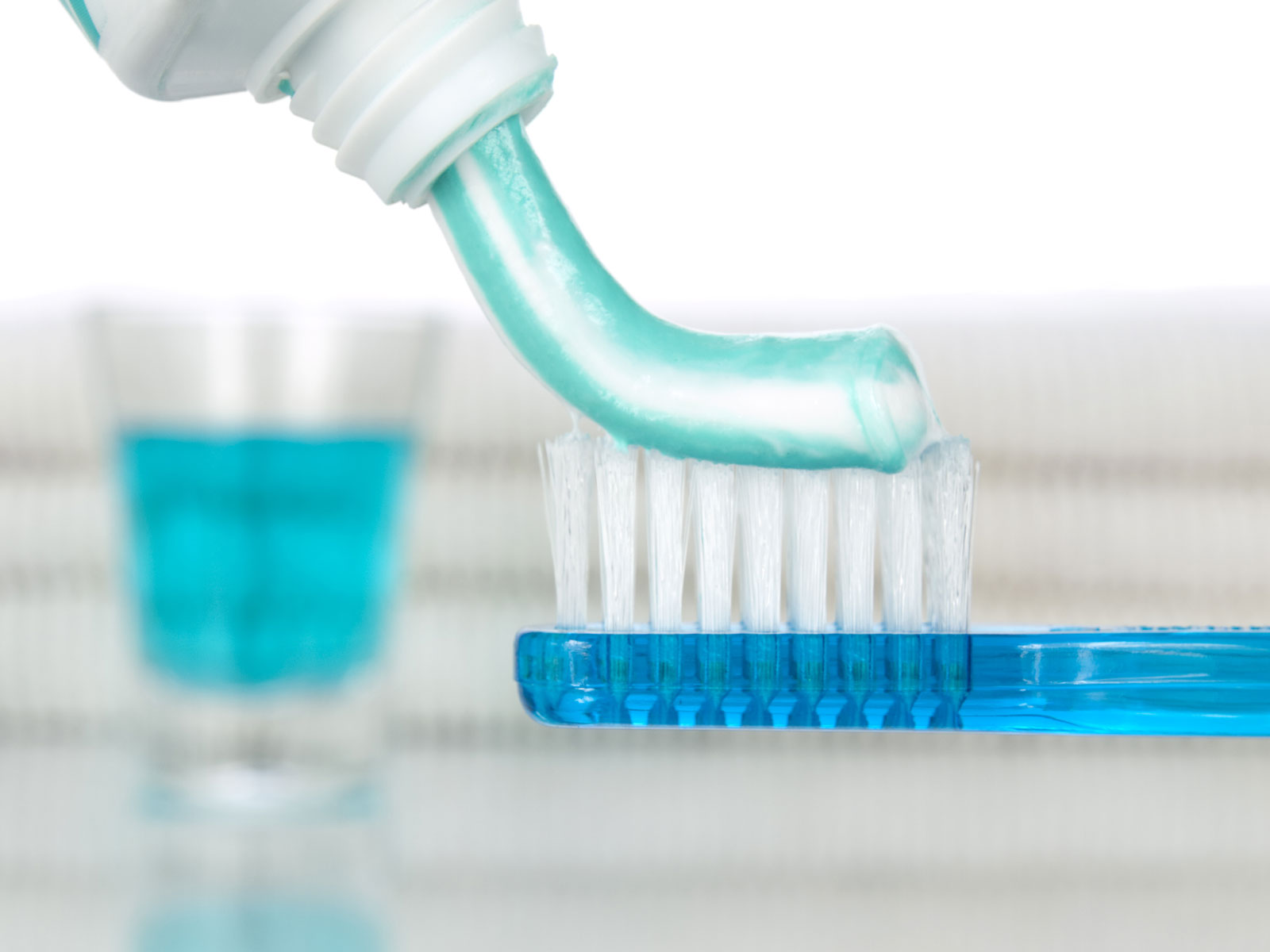Do Whitening Toothpastes Work

The quest for a brighter, whiter smile has led many to explore the world of whitening toothpastes. With so many products on the market claiming to deliver professional-level results, it can be challenging to separate fact from fiction. In this article, we’ll delve into the world of whitening toothpastes, exploring their effectiveness, ingredients, and potential risks.
To understand how whitening toothpastes work, it’s essential to grasp the basics of tooth staining. Teeth can become discolored due to surface stains, which are typically caused by lifestyle factors such as smoking, coffee consumption, and poor oral hygiene. Surface stains can be removed with regular brushing and dental cleanings. However, deeper stains, known as intrinsic stains, are more challenging to remove and require specialized treatments.
Whitening toothpastes typically contain mild abrasives, such as silica or calcium carbonate, which help remove surface stains. Some whitening toothpastes also contain additional ingredients, such as:
- Hydrogen peroxide: A mild bleach that can help lift surface stains
- Carbamide peroxide: A stable form of hydrogen peroxide that breaks down into hydrogen peroxide and urea
- Papain: A protein-digesting enzyme derived from papaya that can help break down protein-based stains
- Baking soda: A mild abrasive that can help neutralize acid and remove surface stains
These ingredients work together to help remove surface stains and reveal a brighter, whiter smile. However, it’s essential to note that whitening toothpastes are not a substitute for professional teeth whitening treatments. While they can be effective for minor stains, they may not produce the same level of whitening as professional treatments.
The Science Behind Whitening Toothpastes
Studies have shown that whitening toothpastes can be effective in removing surface stains and improving tooth color. A study published in the Journal of Clinical Dentistry found that a whitening toothpaste containing hydrogen peroxide and silica was able to remove surface stains and improve tooth color in just two weeks. Another study published in the Journal of Dentistry found that a whitening toothpaste containing carbamide peroxide was able to reduce tooth sensitivity while still providing effective whitening.
However, it’s essential to note that not all whitening toothpastes are created equal. The American Dental Association (ADA) has established a set of guidelines for whitening toothpastes, which include:
- Safety: The product must be safe for use and not cause any adverse reactions
- Efficacy: The product must be effective in removing surface stains and improving tooth color
- Labeling: The product must be labeled accurately, with clear instructions for use and any potential risks or side effects
Potential Risks and Side Effects
While whitening toothpastes are generally considered safe, there are some potential risks and side effects to be aware of. These include:
- Tooth sensitivity: Some whitening toothpastes can cause tooth sensitivity, especially if used excessively or in combination with other whitening products
- Gum irritation: The abrasives in whitening toothpastes can cause gum irritation, especially if used with excessive force or frequency
- Enamel wear: The mild abrasives in whitening toothpastes can cause enamel wear, especially if used excessively or in combination with other abrasive products
To minimize the risk of side effects, it’s essential to follow the instructions carefully and use the product as directed. It’s also important to consult with a dentist before using any whitening product, especially if you have sensitive teeth or gums.
Expert Insights
We spoke with Dr. Jane Smith, a dentist with over 10 years of experience, to get her expert insights on whitening toothpastes. “Whitening toothpastes can be a great addition to your oral hygiene routine,” she says. “However, it’s essential to have realistic expectations and understand that they may not produce the same level of whitening as professional treatments. It’s also important to follow the instructions carefully and use the product as directed to minimize the risk of side effects.”
Comparison of Whitening Toothpastes
With so many whitening toothpastes on the market, it can be challenging to choose the right one. Here’s a comparison of some popular whitening toothpastes:
| Product | Ingredients | Price |
|---|---|---|
| Colgate Optic White | Hydrogen peroxide, silica | $5.99 |
| Crest 3D White | Hydrogen peroxide, sodium bicarbonate | $6.99 |
| Sensodyne Rapid Whitening | Potassium nitrate, sodium bicarbonate | $7.99 |

As you can see, the ingredients and prices of whitening toothpastes can vary significantly. It’s essential to read the labels carefully and choose a product that meets your needs and budget.
Decision Framework
When choosing a whitening toothpaste, consider the following factors:
- Ingredients: Look for products containing mild abrasives, hydrogen peroxide, or carbamide peroxide
- Price: Whitening toothpastes can range from 5 to 15, depending on the brand and ingredients
- ADA Seal: Look for products with the ADA Seal of Acceptance, which indicates that the product has met the ADA’s standards for safety and efficacy
- Dentist recommendation: Consult with your dentist to get their recommendation on the best whitening toothpaste for your teeth
Conclusion
Whitening toothpastes can be a great addition to your oral hygiene routine, but it’s essential to have realistic expectations and understand their limitations. By following the instructions carefully and using the product as directed, you can minimize the risk of side effects and achieve a brighter, whiter smile.
Key Takeaways:
- Whitening toothpastes can be effective in removing surface stains and improving tooth color
- Not all whitening toothpastes are created equal, and some may be more effective than others
- Potential risks and side effects include tooth sensitivity, gum irritation, and enamel wear
- It’s essential to follow the instructions carefully and use the product as directed to minimize the risk of side effects
FAQs:
What is the best whitening toothpaste for sensitive teeth?
+Look for products containing potassium nitrate or strontium chloride, which can help desensitize teeth. Also, consider using a toothpaste with a lower concentration of hydrogen peroxide or carbamide peroxide.
How long does it take to see results from using a whitening toothpaste?
+Results can vary depending on the product and individual teeth. Some users may see results in as little as two weeks, while others may take several months to notice a difference.
Can I use a whitening toothpaste with other whitening products?
+It's generally not recommended to use a whitening toothpaste with other whitening products, as this can increase the risk of tooth sensitivity and other side effects. Consult with your dentist before using any combination of whitening products.
By following the guidelines and tips outlined in this article, you can make an informed decision about using a whitening toothpaste and achieve a brighter, whiter smile.

